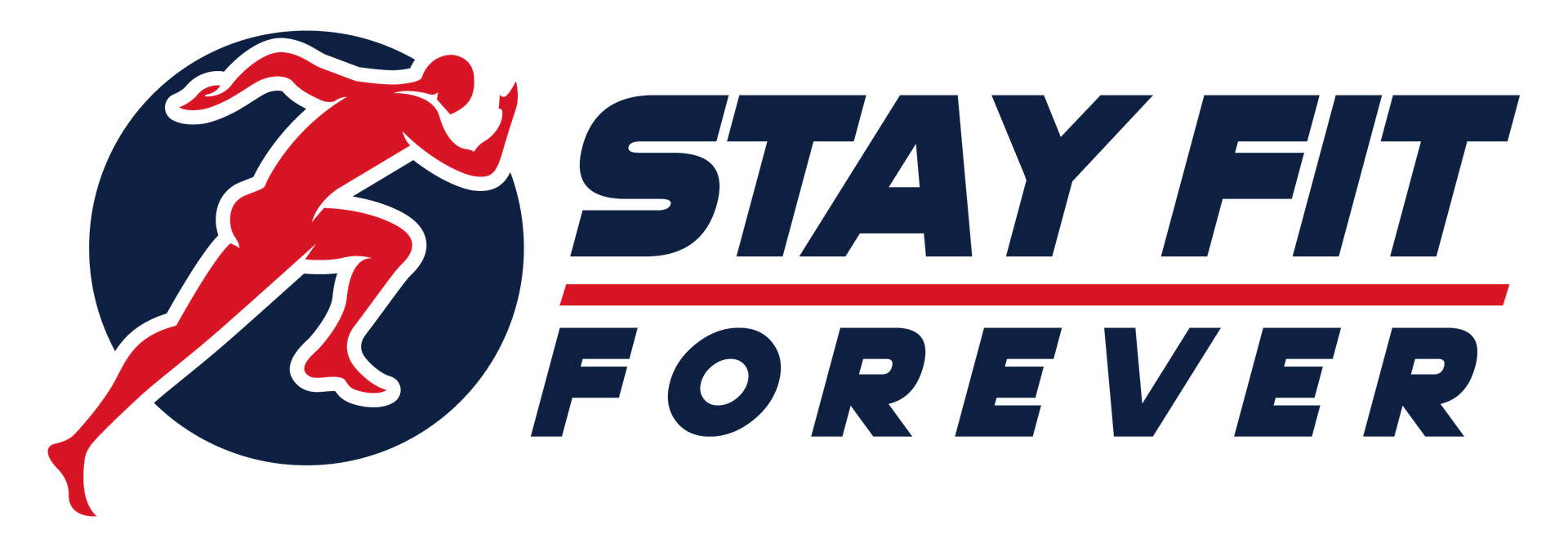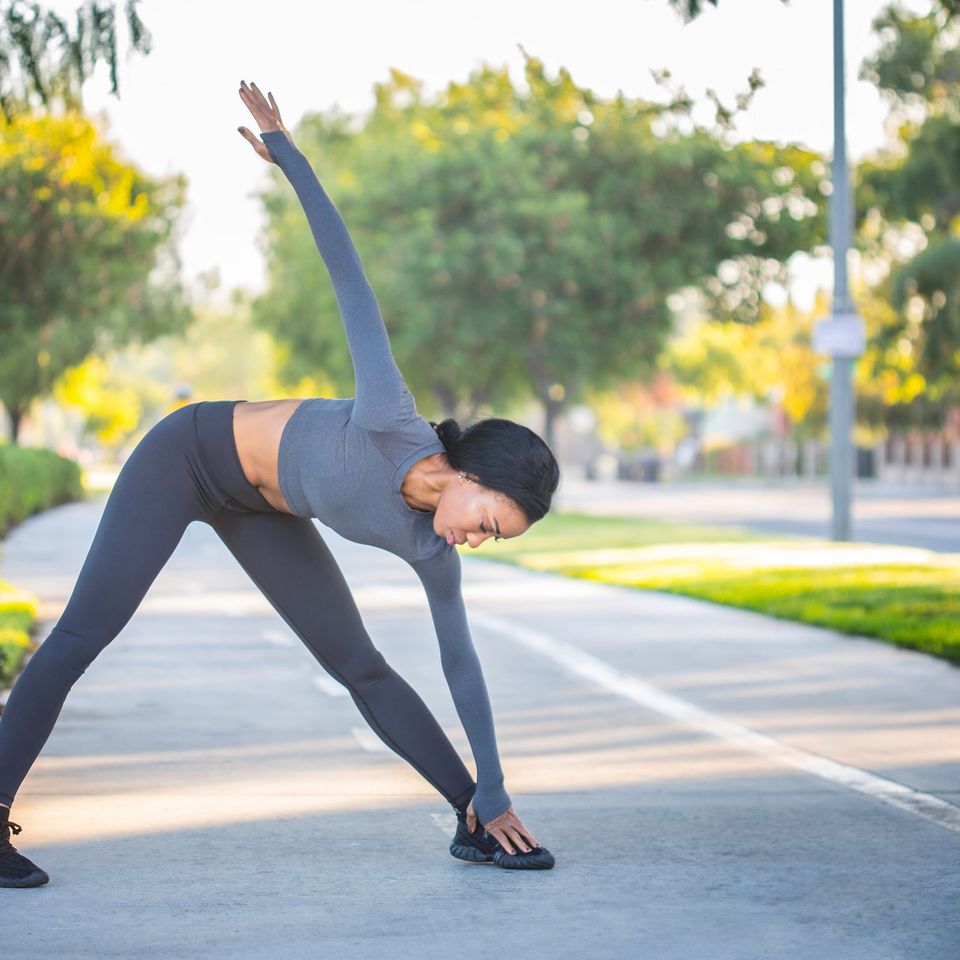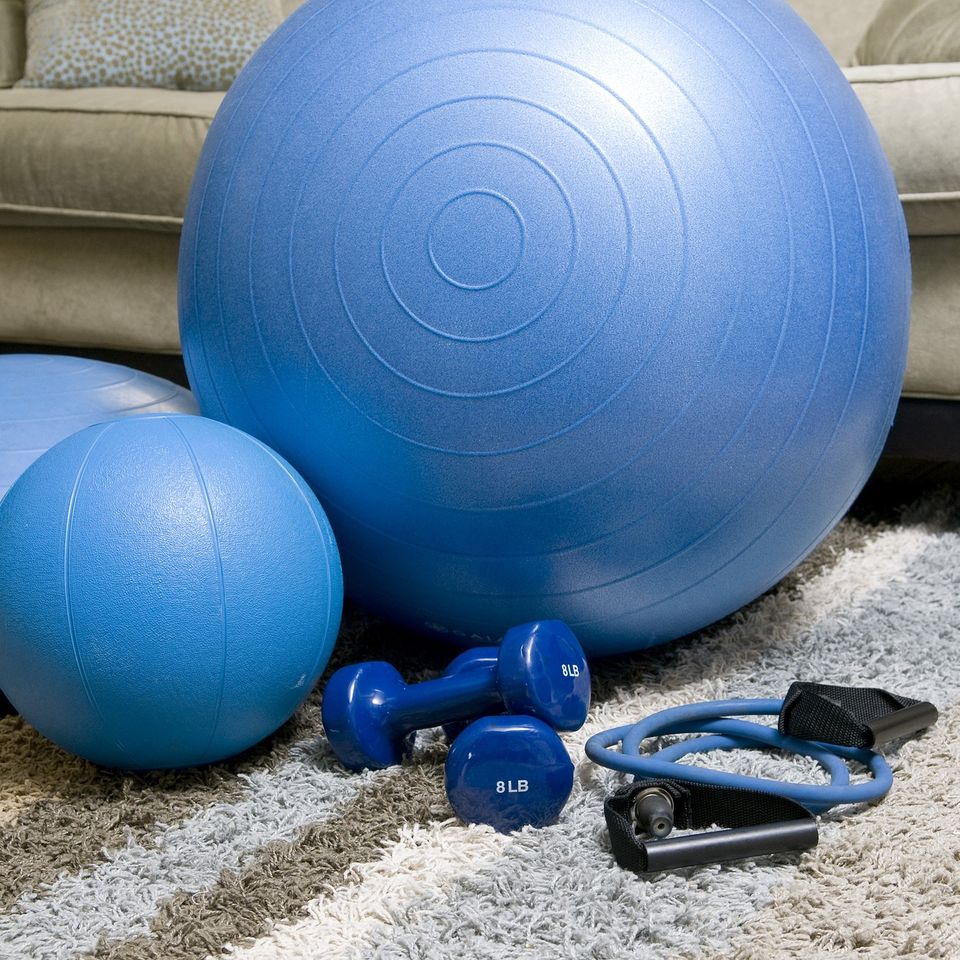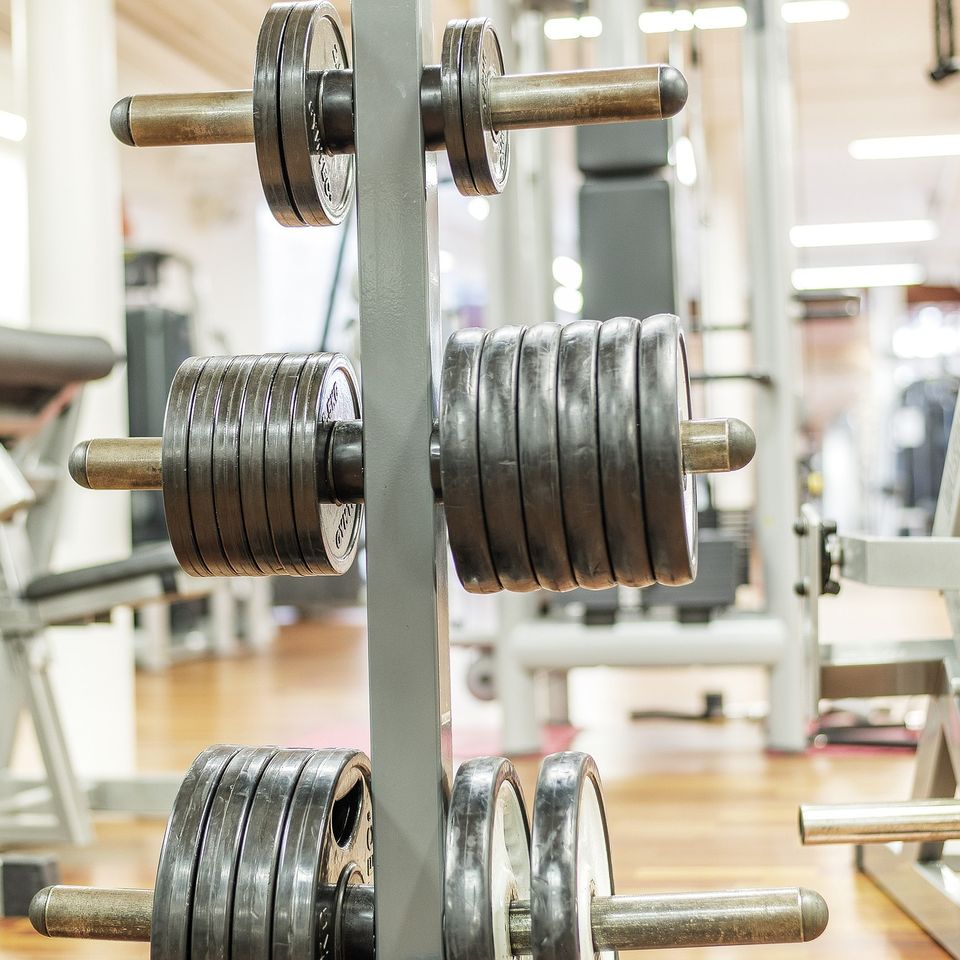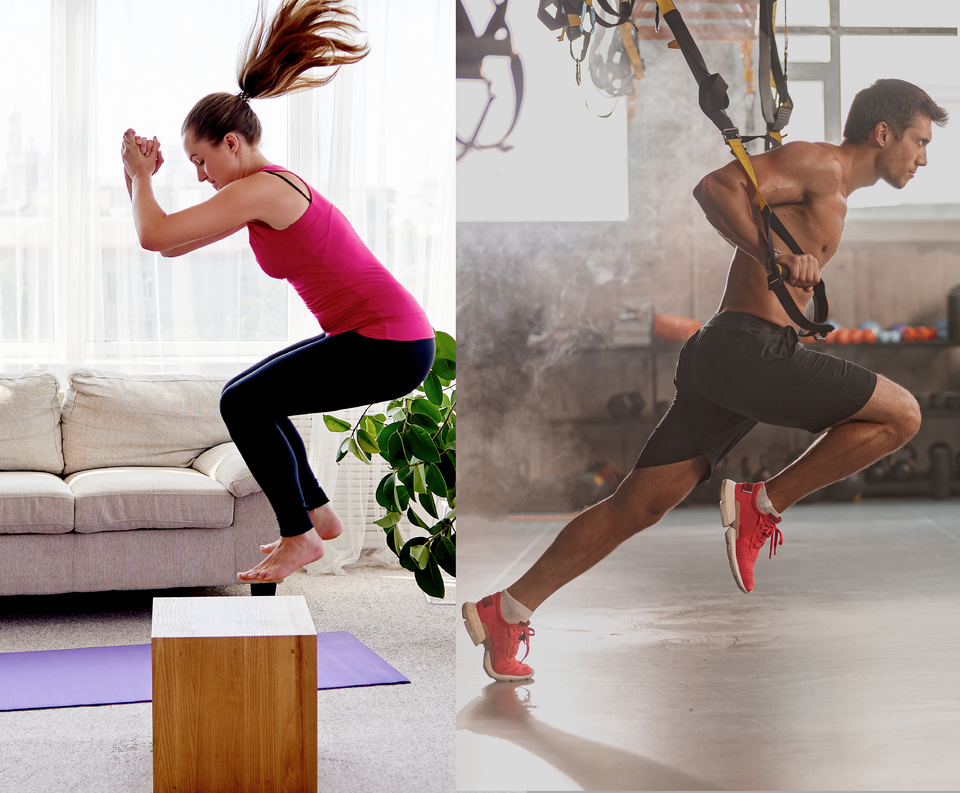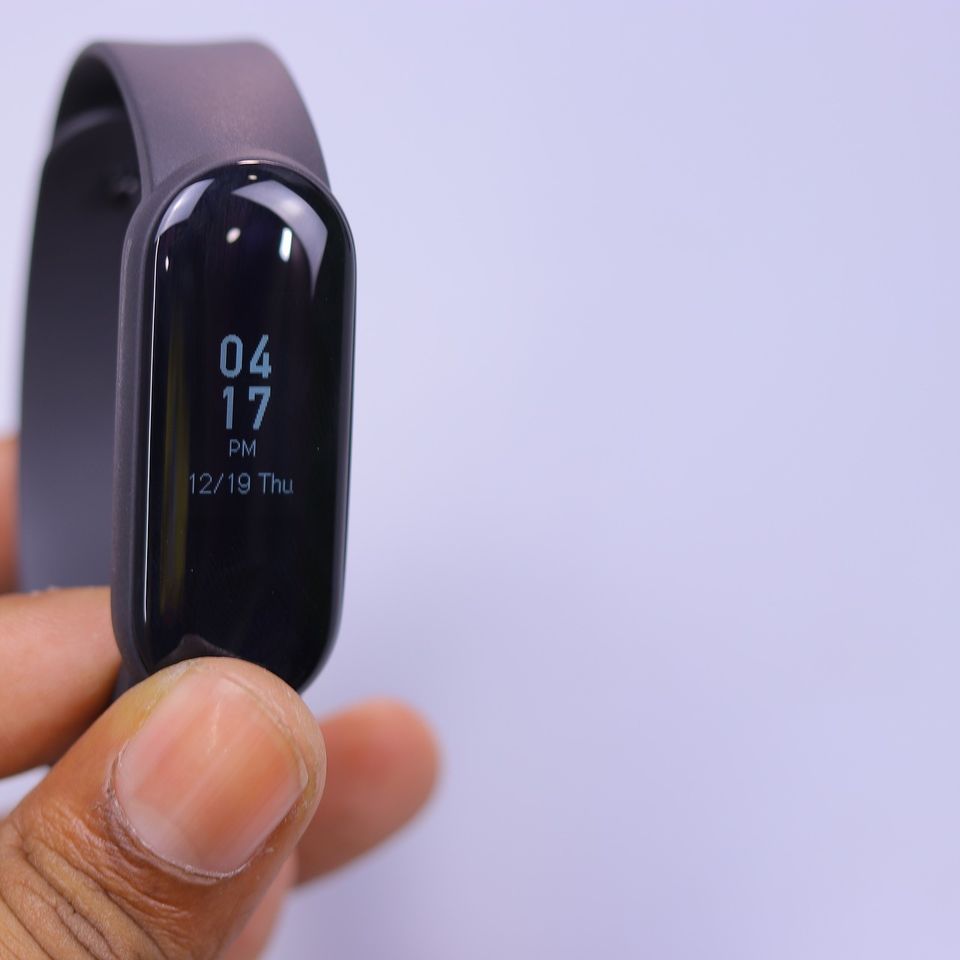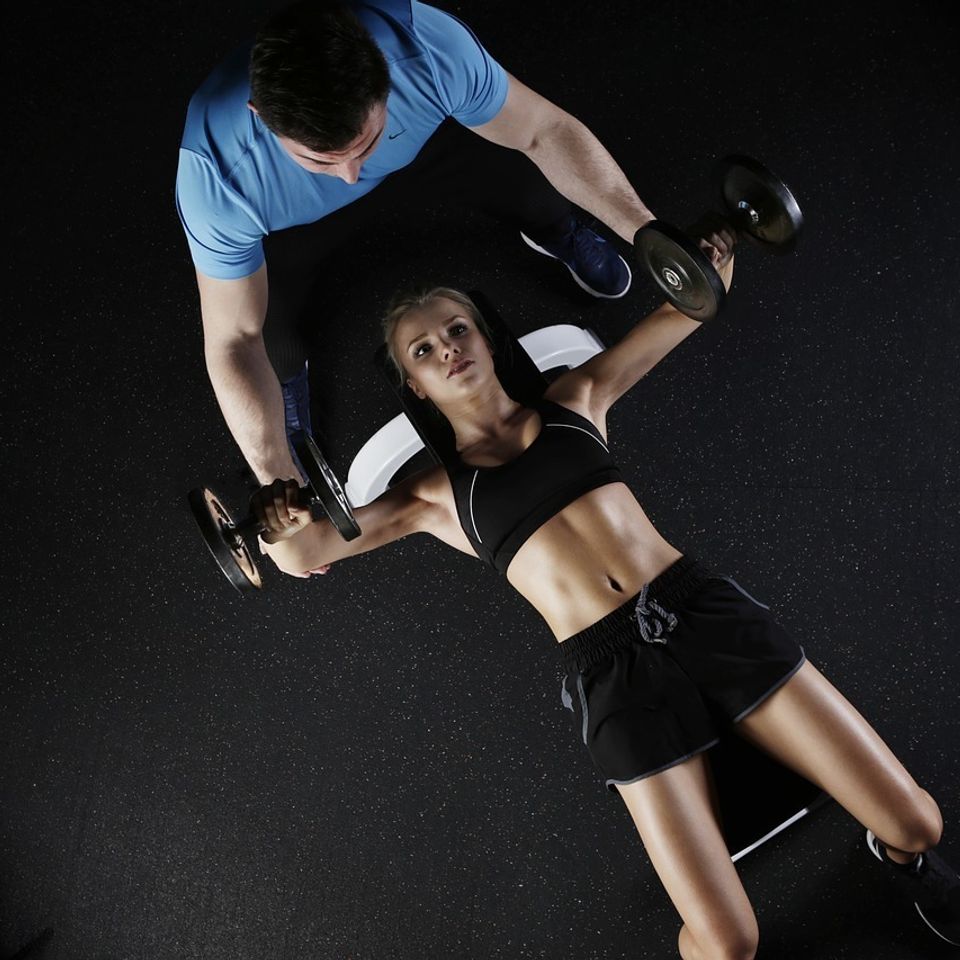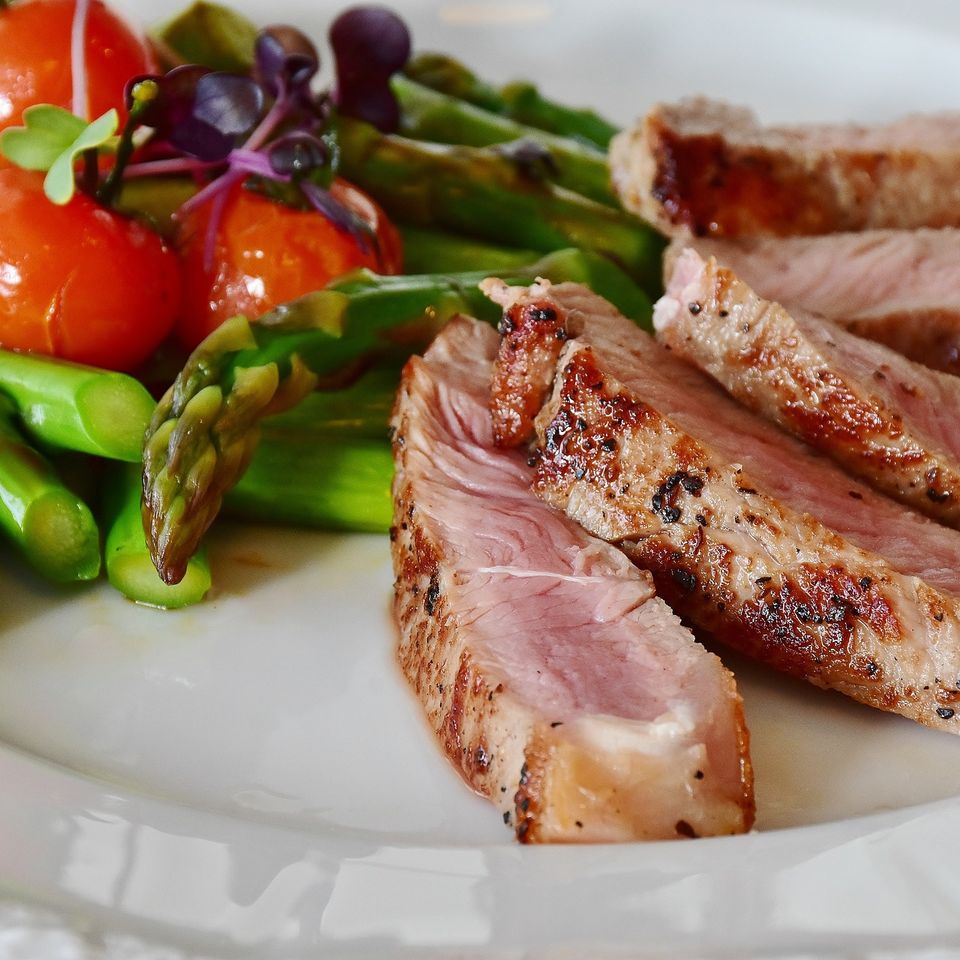
Simplifying Nutritional Meal Planning
Simplifying nutritional meal planning can make a significant difference in your health and overall well-being. Here's a straightforward approach to streamline the process:
Set Your Goals: Determine what you want to achieve with your nutrition plan. Whether it's weight loss, muscle gain, or just maintaining good health, your goals will guide your meal choices.
Learn the Basics of Nutrition: Understand the key components of a healthy diet, including macronutrients (carbohydrates, proteins, and fats) and micronutrients (vitamins and minerals). This knowledge will help you make informed food choices.
Create a Balanced Plate: Aim to include a variety of foods from different food groups in each meal.
A balanced plate typically consists of:
Keep It Simple: You don't need to make elaborate meals to eat healthily. Focus on simple recipes with fewer ingredients that are easy to prepare. Batch cooking and meal prepping can also save time during busy weekdays.
Include Variety: Eating a variety of foods ensures you get a wide range of nutrients. Experiment with different ingredients, flavors, and cuisines to keep your meals interesting and enjoyable.
Mindful Eating: Pay attention to your body's hunger and fullness cues. Eat slowly, savoring each bite, and stop when you feel satisfied. This can help prevent overeating and promote better digestion.
Stay Hydrated: Remember to drink plenty of water throughout the day. Sometimes, thirst can be mistaken for hunger, so staying hydrated can help control unnecessary snacking.
Seek Professional Guidance: If you have specific dietary needs or health concerns, consider consulting a registered dietitian or nutritionist. They can provide personalized guidance and support to help you reach your goals.
Be Flexible: Life happens, and it's okay if your meal plan doesn't always go as planned. Be flexible and willing to adapt, whether it's trying new foods or adjusting your schedule to accommodate unexpected events.
By following these steps and keeping your approach to meal planning simple and flexible, you can create nutritious and satisfying meals without feeling overwhelmed.
Set Your Goals: Determine what you want to achieve with your nutrition plan. Whether it's weight loss, muscle gain, or just maintaining good health, your goals will guide your meal choices.
Learn the Basics of Nutrition: Understand the key components of a healthy diet, including macronutrients (carbohydrates, proteins, and fats) and micronutrients (vitamins and minerals). This knowledge will help you make informed food choices.
Create a Balanced Plate: Aim to include a variety of foods from different food groups in each meal.
A balanced plate typically consists of:
- Half your plate filled with fruits and vegetables
- A quarter with lean protein sources like chicken, fish, tofu, or beans
- A quarter with whole grains or starchy vegetables like sweet potatoes
- A small serving of healthy fats like olive oil, nuts, or avocado.
Keep It Simple: You don't need to make elaborate meals to eat healthily. Focus on simple recipes with fewer ingredients that are easy to prepare. Batch cooking and meal prepping can also save time during busy weekdays.
Include Variety: Eating a variety of foods ensures you get a wide range of nutrients. Experiment with different ingredients, flavors, and cuisines to keep your meals interesting and enjoyable.
Mindful Eating: Pay attention to your body's hunger and fullness cues. Eat slowly, savoring each bite, and stop when you feel satisfied. This can help prevent overeating and promote better digestion.
Stay Hydrated: Remember to drink plenty of water throughout the day. Sometimes, thirst can be mistaken for hunger, so staying hydrated can help control unnecessary snacking.
Seek Professional Guidance: If you have specific dietary needs or health concerns, consider consulting a registered dietitian or nutritionist. They can provide personalized guidance and support to help you reach your goals.
Be Flexible: Life happens, and it's okay if your meal plan doesn't always go as planned. Be flexible and willing to adapt, whether it's trying new foods or adjusting your schedule to accommodate unexpected events.
By following these steps and keeping your approach to meal planning simple and flexible, you can create nutritious and satisfying meals without feeling overwhelmed.
